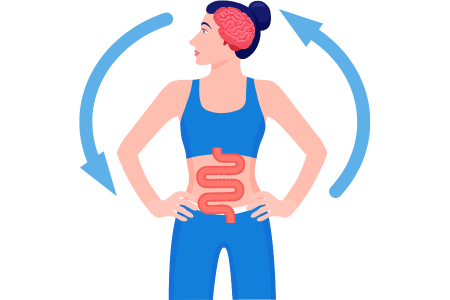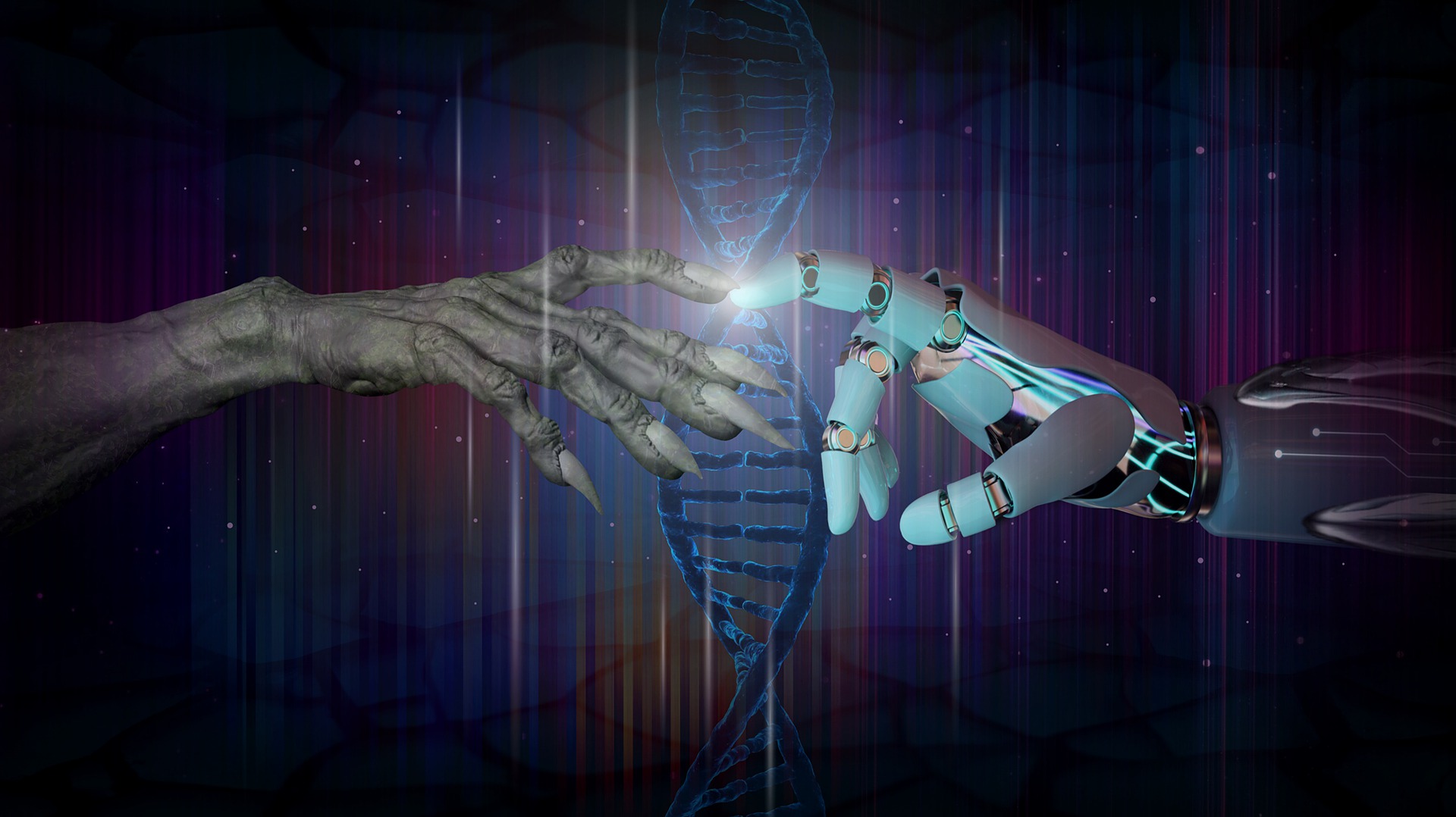News & Research on Psychology | ShareYrHeart
The brain and gut are linked; find out how
Published
11 months agoon
By
ShareyrheartSummary: The brain and gut are linked. The new technology made by MIT engineers can study how hunger, mood, and different illnesses are controlled by the brain.
I am sorry, but there is no text provided for me to simplify. Please provide the text for me to assist with simplification. The main points of the text are in easy language.
Source: Massachusetts Institute of Technology

How the brain and stomach are connected
Engineers made a thing that can look at how the brain and stomach are connected. Researchers used tiny fibers with sensors and light to control the connections between the stomach and the brain in mice.
The brain and stomach talk to each other to help control eating and other things our body does. The big communication system we use can affect our thinking and might cause some brain problems.
MIT engineers created a new tool to explore links between things. Scientists have used tiny fibers with sensors and lights to control connections between the brains and guts of mice.
Scientists showed that they could make mice feel full or want rewards by changing cells in their gut. In their future research, they want to study the connections between gut health and brain conditions like autism and Parkinson’s disease.
This is cool because we can use technology to control how our stomach acts and how we eat. We can now study how our stomach and brain talk to each other in a really accurate way by using a scientific method called optogenetics. And we can study this in animals while they are moving around,” explains Polina Anikeeva, the Matoula S. Salapatas is someone who teaches about materials science and engineering. They also teach about the brain and cognitive sciences. Salapatas is part of MIT’s Research Laboratory of Electronics and is involved with MIT’s McGovern Institute for Brain Research.
Anikeeva wrote a new study that is being published in a science journal called Nature Biotechnology. The Salapatas are the people who wrote the paper Sahasrabudhe: Sahasrabudhe. Who studies at MIT; Laura Rupprecht, who is a researcher at Duke University; Sirma Orguc. Sio is a researcher at M.T.; and Tural Khudiyev, who used to study at MIT.
How your brain and body are connected
The McGovern Institute started something called the K last year. Lisa Yang Brain-Body Center is researching how the brain works with other organs in the body. The center does research on how interactions affect behavior and health. They want to develop treatments for different illnesses in the future.
Our body and brain always talk to each other in both directions, Anikeeva explains. We used to believe that the brain was like a boss that told the other parts of the body what to do. We’ve learned that there’s a lot of communication going back to the brain. Which might control some things we thought were only controlled by the brain.
Anikeeva wants to study the messages that go back and forth between the brain and the gut. Cells in the stomach and intestines affect how hungry or full we feel through signals that they send to the brain and chemicals that they release.
Understanding the effects of hormones on the brain has been hard because we can’t quickly and accurately measure the signals in the brain that occur very quickly.
To study the connection between the gut and the brain, we needed a precise device that didn’t exist before. This device would help us measure the effects on brain function and behavior with accuracy up to milliseconds. “We decided to create it,” says Sahasrabudhe, who was in charge of making the gut and brain probes.
Researchers made a gadget with bendable strings that can do a lot of things and can be put inside body parts they want to study. To make small threads, Sahasrabudhe used a special method called thermal drawing. These threads are very thin and can have devices added to them, like sensors or electrodes.
The filaments have small tools that give off light and can make cells work.
They also have tiny pipes for giving medicine. The fibers can be made to work better in different body parts. The scientists made strong fibers to go inside the brain. Scientists created softer, rubbery fibers that won’t harm the digestive organs, like the intestine, but can still withstand the tough conditions inside them.
Sahasrabudhe says that we need technology that can connect with organs and the brain and record signals accurately to understand how they work together. We need to make certain cells in diforgans, the body parts of mice, active so that we can study how they behave and figure out how they work.
The tiny threads can be controlled without touching them by using a device that can be placed on the animal’s body during testing. Orguc and Harrison created a remote control system that doesn’t need wires. They worked with two professors at MIT to make it.
The way people drive
They used fibers to send a signal to a part of the brain that gives off dopamine. When the mice received a lot of dopamine, they wanted to go back to the same place where they got it.
The scientists wanted to see if they could make people want rewards by affecting their stomachs. They made the animals want to go back to a certain place by using fibers in their stomachs to release sugar. Which caused the brain to release a chemical called dopamine.
The researchers found that they could make the body crave rewards by using light to stimulate nerve endings in the gut, which controls digestion. They did this instead of using a sweet substance called sucrose. They worked with people from Duke University to make this discovery.
We found that people still showed a preference for this place even though we didn’t use brain stimulation like before. We are only making the gut work and watching how it affects the brain from outside, says Anikeeva.
Sahasrabudhe worked together with a postdoc named Rupprecht in Professor Diego Bohorquez’s group at Duke to test how well the fibers could control someone’s feeding habits. They discovered that the equipment could activate cells that make a hormone called cholecystokinin. This hormone makes you feel full. When the hormone was released, the animals weren’t hungry anymore, even though they hadn’t eaten for a while. The scientists proved that they could make cells that control appetite work better by using a chemical called PYY. When we eat very rich food, our body naturally makes PYY to help us feel full, and the researchers found a way to make it work even better.
Conclusion
The scientists want to use this tool to learn more about how the brain and the gut work together in diseases that affect the nerves. For example, research has found that kids with autism have a higher chance of having problems with their stomachs than other kids. They also have something in common with people who have anxiety and irritable bowel syndrome through their genes.
We can start thinking about whether there is a link between the stomach and the brain. If there is, we may be able to use this connection to treat certain conditions. By working on the stomach without having to touch the brain directly.
Source : Massachusetts Institute of Technology
Image Source : Canva



